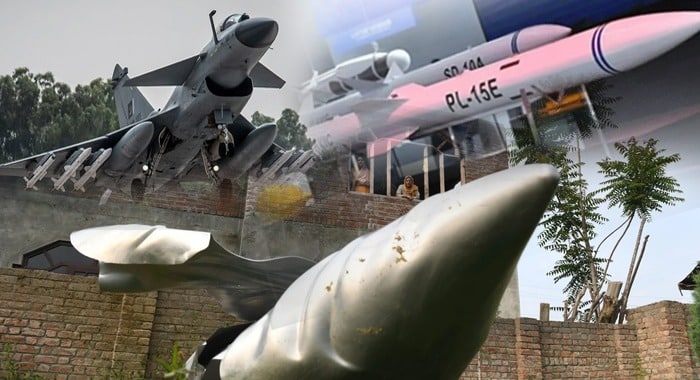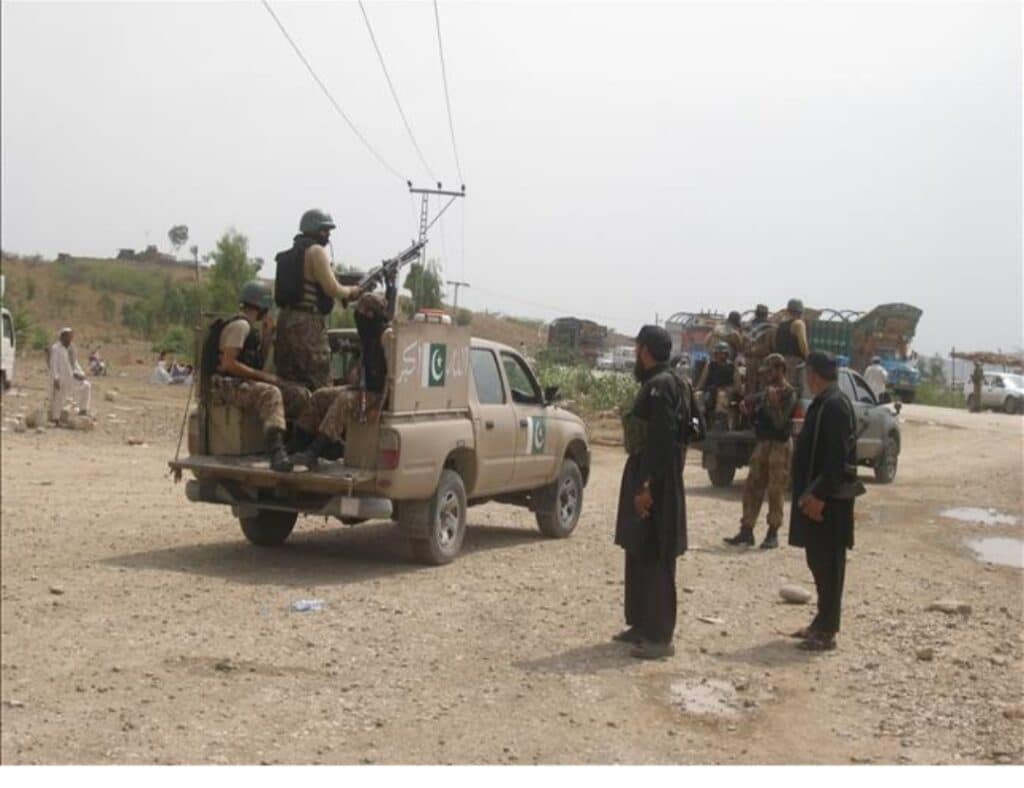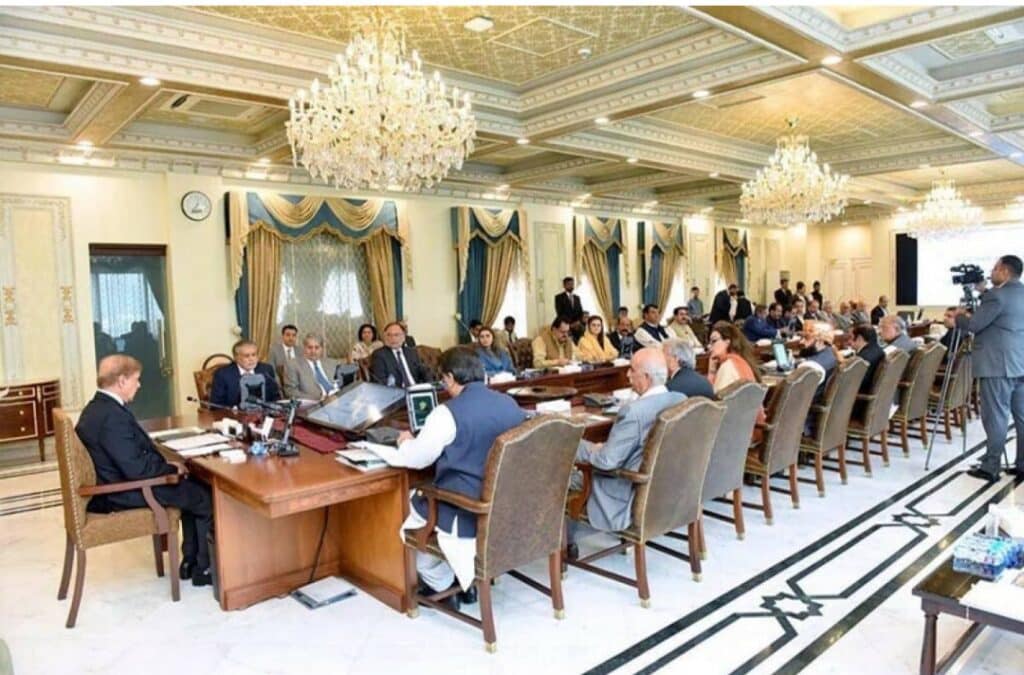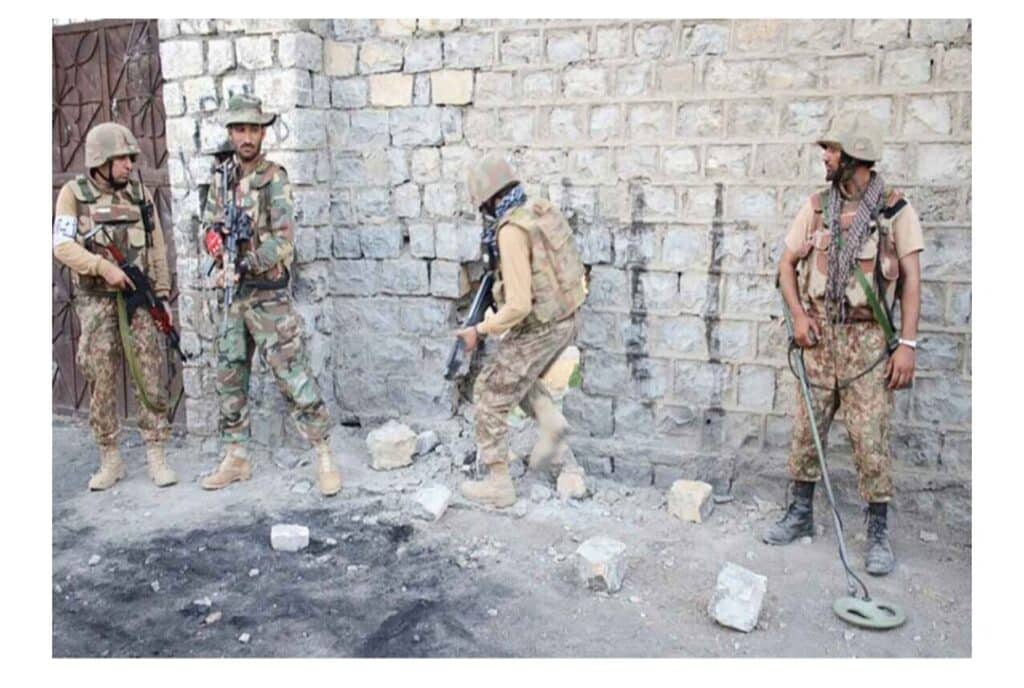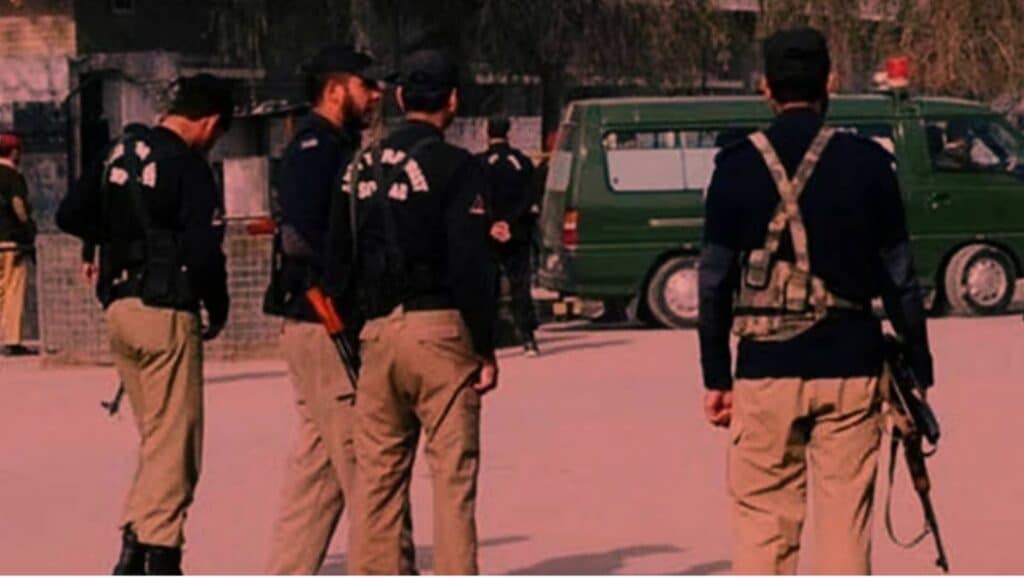The Pakistan Air Force (PAF) is receiving widespread international attention and praise following its unprecedented success in a high-altitude confrontation with the Indian Air Force (IAF), in which multiple Indian fighter jets—including at least one Rafale—were shot down.
According to multiple intelligence and open-source reports, the aerial engagement took place early Wednesday morning and marked the first known combat loss of a Rafale fighter jet—an advanced French-made aircraft considered a crown jewel in India’s fleet.
Pakistan’s Foreign Minister Ishaq Dar informed parliament that three Rafales were among the aircraft neutralized in the clash. Though India has not officially confirmed the losses, global defence analysts and Western intelligence agencies have acknowledged that a Rafale was downed, sending shock-waves through military circles.
The successful take-down of these jets—particularly the Rafale F3R, one of the most advanced 4.5-generation aircraft—has been hailed as a remarkable demonstration of Pakistani air superiority and tactical discipline. Military experts have noted the precision and coordination exhibited by PAF pilots, especially under “stand-off” rules of engagement where neither side crossed international borders but engaged at distances exceeding 100 kilometres.
One U.S. official said that there is “high confidence” that at least two Indian fighters were destroyed during the engagement, a confirmation that bolsters the credibility of Pakistan’s account.
The international reaction has been swift. Defence analysts across Europe and the U.S. are closely examining the implications of the clash, with some describing it as a “wake-up call” for India’s military preparedness and others applauding PAF’s training, readiness, and superior strategic execution.
For years, Pakistan’s air force has often operated in the shadow of its larger Indian counterpart. But this latest operation—executed with technical finesse, modern capability, and no territorial violations—has re-positioned the PAF as a formidable and professional force in South Asia.
Open-source imagery of missile debris and wreckage inside Indian territory has further corroborated Pakistan’s claims. One destroyed aircraft was reportedly located near Bathinda, well inside Indian airspace, suggesting Pakistan’s precision targeting capabilities are not only reliable but also battle-tested.
While geopolitical tensions continue to simmer, one outcome of this clash is clear: the Pakistan Air Force has firmly stamped its presence on the global military map, earning it both recognition and respect from strategic communities worldwide.

